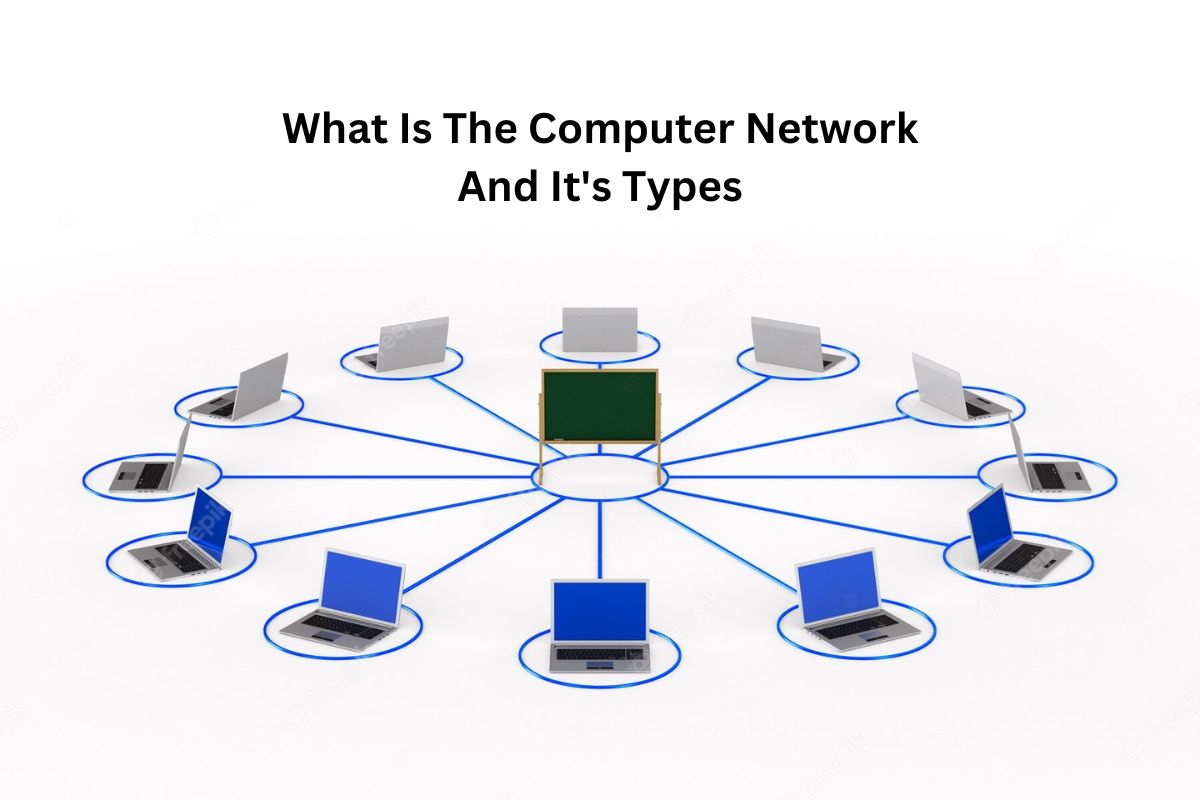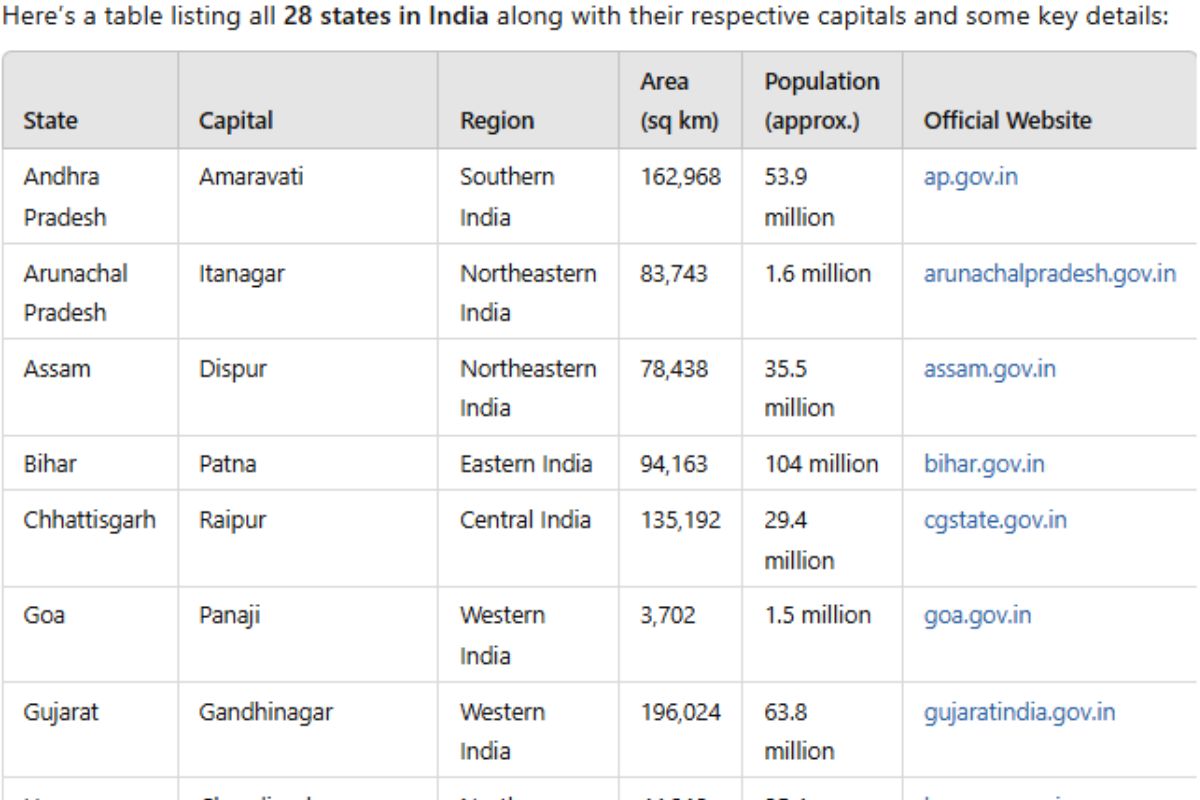Introduction
In today’s interconnected world, where information flows seamlessly across borders and distances, computer networks play a pivotal role in enabling communication, collaboration, and access to resources. From the internet that connects billions of devices globally to the local networks in our homes and offices, computer networks are the backbone of modern communication. In this article, we’ll delve into the world of computer networks, exploring their definition, components, types, and significance in our daily lives.
Defining Computer Networks
A computer network is a collection of interconnected devices that are linked together to facilitate the exchange of information and resources. These devices, often referred to as nodes, can range from computers and smartphones to servers, routers, and even Internet of Things (IoT) devices. The primary purpose of a computer network is to enable communication and resource sharing among these devices.
Components of a Computer Network
- Nodes: Nodes are the individual devices connected within a network. These can be end-user devices like laptops and smartphones, as well as infrastructure devices like routers and switches.
- Links: Links are the connections between nodes. They can be physical, like Ethernet cables or fiber optics, or wireless, like Wi-Fi and cellular connections.
- Switches: Switches are devices that facilitate data transmission between devices within the same network. They use MAC addresses to forward data only to the intended recipient.
- Routers: Routers connect different networks together, directing data packets between them. They use IP addresses to determine the best path for data to travel.
- Protocols: Protocols are a set of rules and conventions that govern how data is transmitted and received within a network. Examples include TCP/IP (Transmission Control Protocol/Internet Protocol) for the internet and HTTP (Hypertext Transfer Protocol) for web browsing.
Types of Computer Networks
- Local Area Network (LAN): A LAN covers a small geographical area like a home, office, or campus. Devices within a LAN can communicate directly with each other, often at high speeds.
- Wide Area Network (WAN): A WAN spans larger distances and connects LANs together. The internet itself is the largest WAN, connecting networks across the globe.
- Wireless Networks: These networks use wireless signals, like Wi-Fi and cellular data, to connect devices without the need for physical cables.
- Mesh Networks: In a mesh network, devices are interconnected, allowing data to hop from one device to another until it reaches its destination. This architecture improves reliability and coverage.
- Virtual Private Network (VPN): VPNs create encrypted tunnels within existing networks, enhancing security and allowing users to access resources remotely as if they were on the same network.
Significance of Computer Networks
- Global Communication: Computer networks, especially the internet, have revolutionized communication, enabling real-time interactions and instant sharing of information worldwide.
- Resource Sharing: Networks allow devices to share resources such as printers, files, and applications, reducing costs and increasing efficiency.
- Business Operations: Organizations rely on networks for internal communication, data storage, customer interactions, and e-commerce.
- Education and Research: Networks facilitate online learning, research collaboration, and access to vast educational resources.
- Entertainment and Information: Streaming services, social media, and online news are all made possible by robust computer networks.
Conclusion
Computer networks are the digital highways that connect our world. They have transformed the way we communicate, work, and live, making information accessible and facilitating interactions on an unprecedented scale. From the smallest local networks to the sprawling expanse of the internet, computer networks form the foundation of our interconnected reality, shaping the present and influencing the future.







Pingback: Job Opportunities in Computer Science 2023
Pingback: 28 Most Famous People in the World